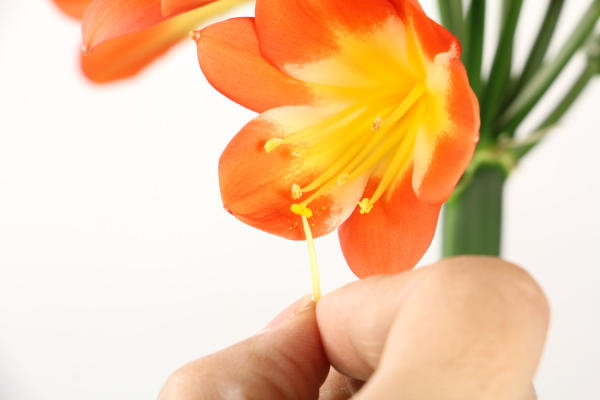Humus soil: The biggest characteristic of humus soil is that it contains very rich humus, which can provide sufficient nutrients for the growth of Clivia miniata. It is a very good substrate.The disadvantage is that the process of retting is troublesome, which requires collecting fallen leaves, weeds and appropriate animal manure, mixing them with soil, compacting them and covering them with thin mud.After waiting for half a year, it will be turned over once, and it can be used when it is decomposed in the second year.
Humus soil: Like humus soil, it contains abundant nutrients and has strong permeability.The substrate soil is soft and has strong drainage property and air permeability, and is very suitable for preparing nutrient soil for the clivia miniata.It is easier to obtain than humus, and it can be obtained from the forest floor.

Peat soil: Peat soil itself is not soil, but it is very good for culture.It has good water retention, fertilizer retention and air permeability, and is suitable for the growth of Clivia miniata.In addition, it also contains rich humic acid, which can promote the healing of plant wounds and help the recovery of plant roots after pruning.
Furnace ash: It refers to the residual slag after coal combustion, loose texture, good drainage and ventilation.And it contains some trace elements to promote the growth of plant roots.In addition, because of the high temperature processing of this matrix, there is no need to worry about the problem of pathogens.
River sand: The drainage of this substrate is very good, but also to a certain extent, inhibit the growth of mold, reduce the risk of plant disease due to bacteria or fungi.

Nutrient soil can be prepared by mixing humus soil and river sand in the ratio of 2:1, which can not only ensure that the culture soil has certain nutrients, but also has better drainage capacity.It can also be prepared with humus soil, pine needles, river sand and base fertilizer in the proportion of 5:3:1:1, and the quality of the nutrient soil prepared in this way will be better.
